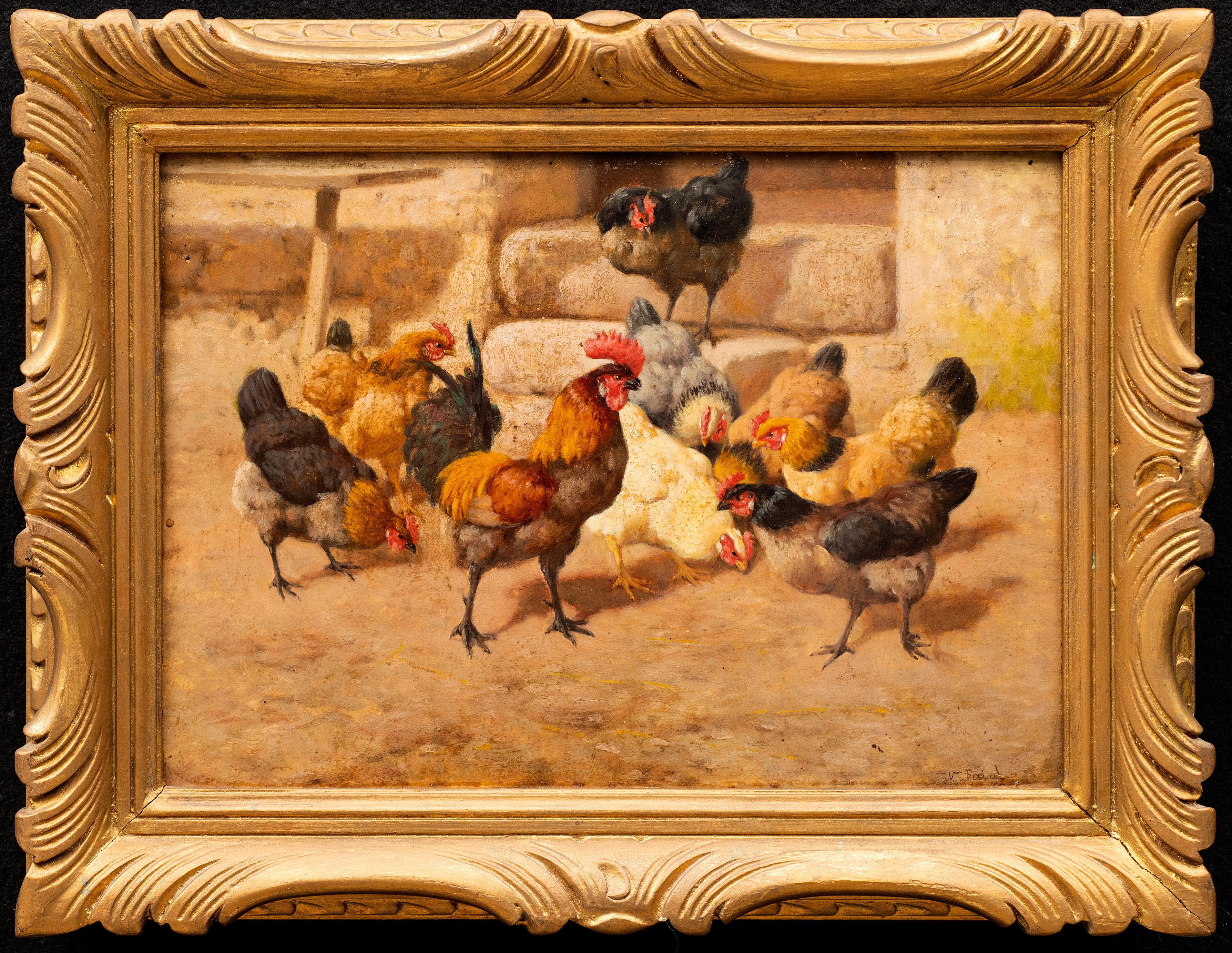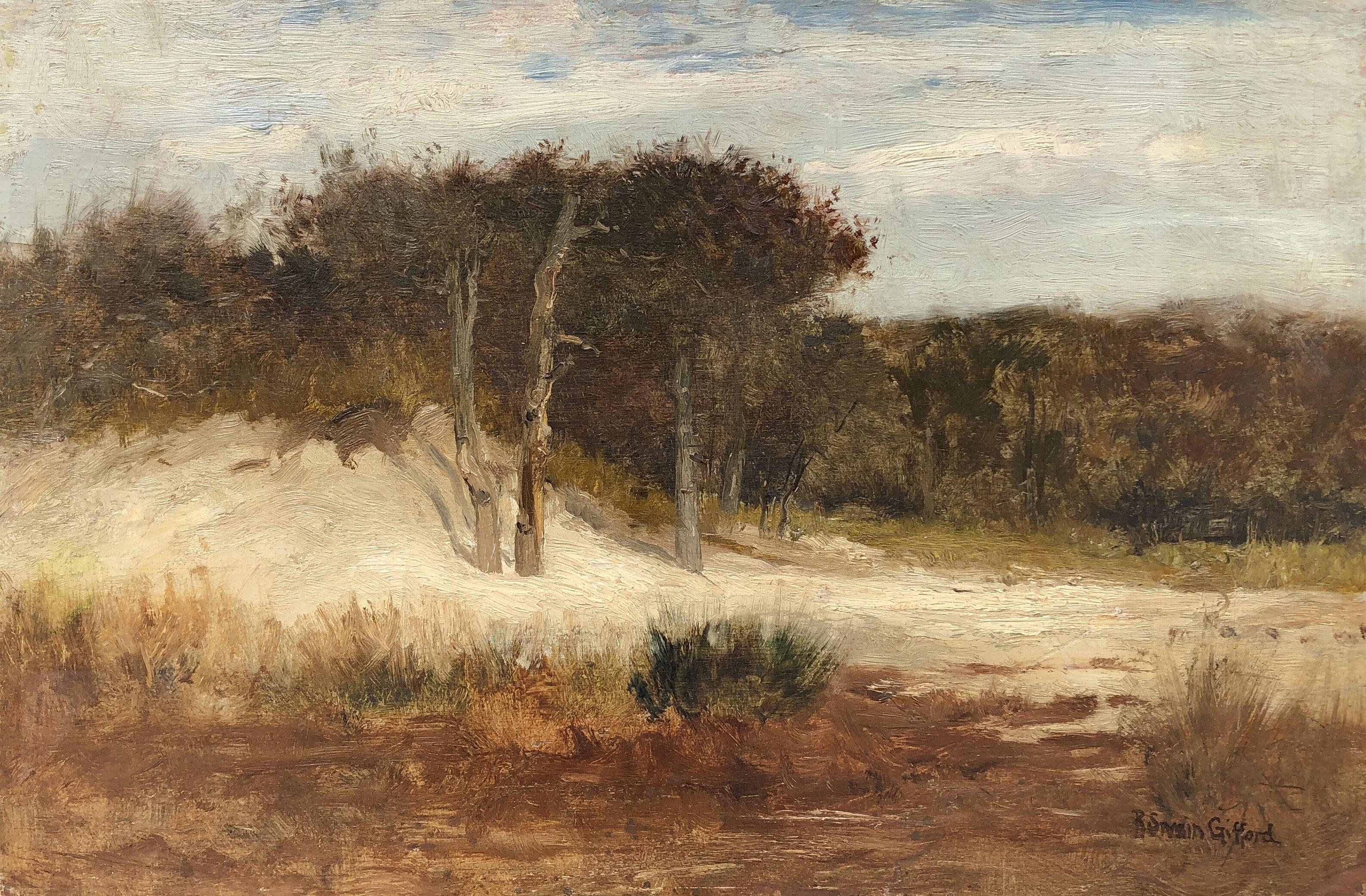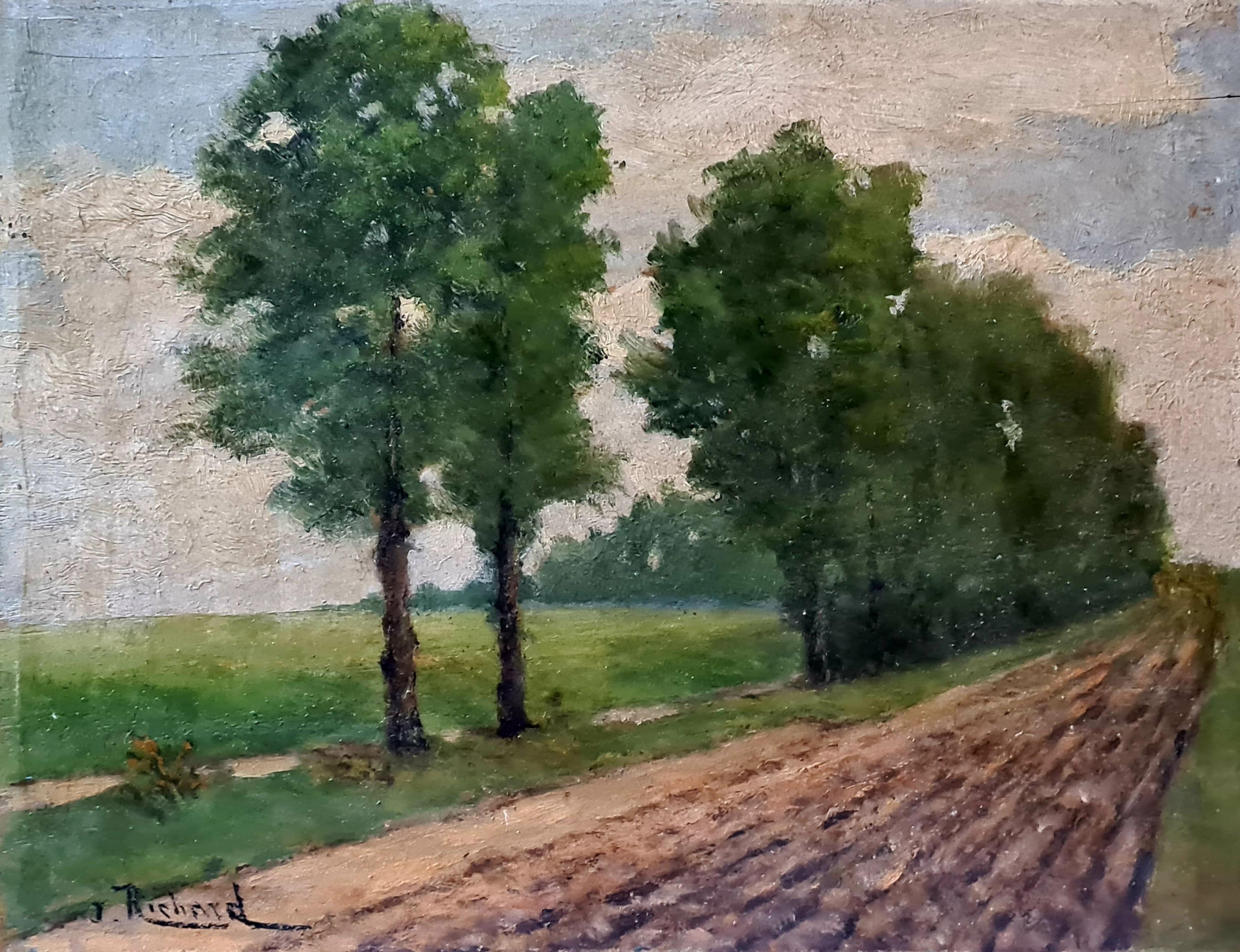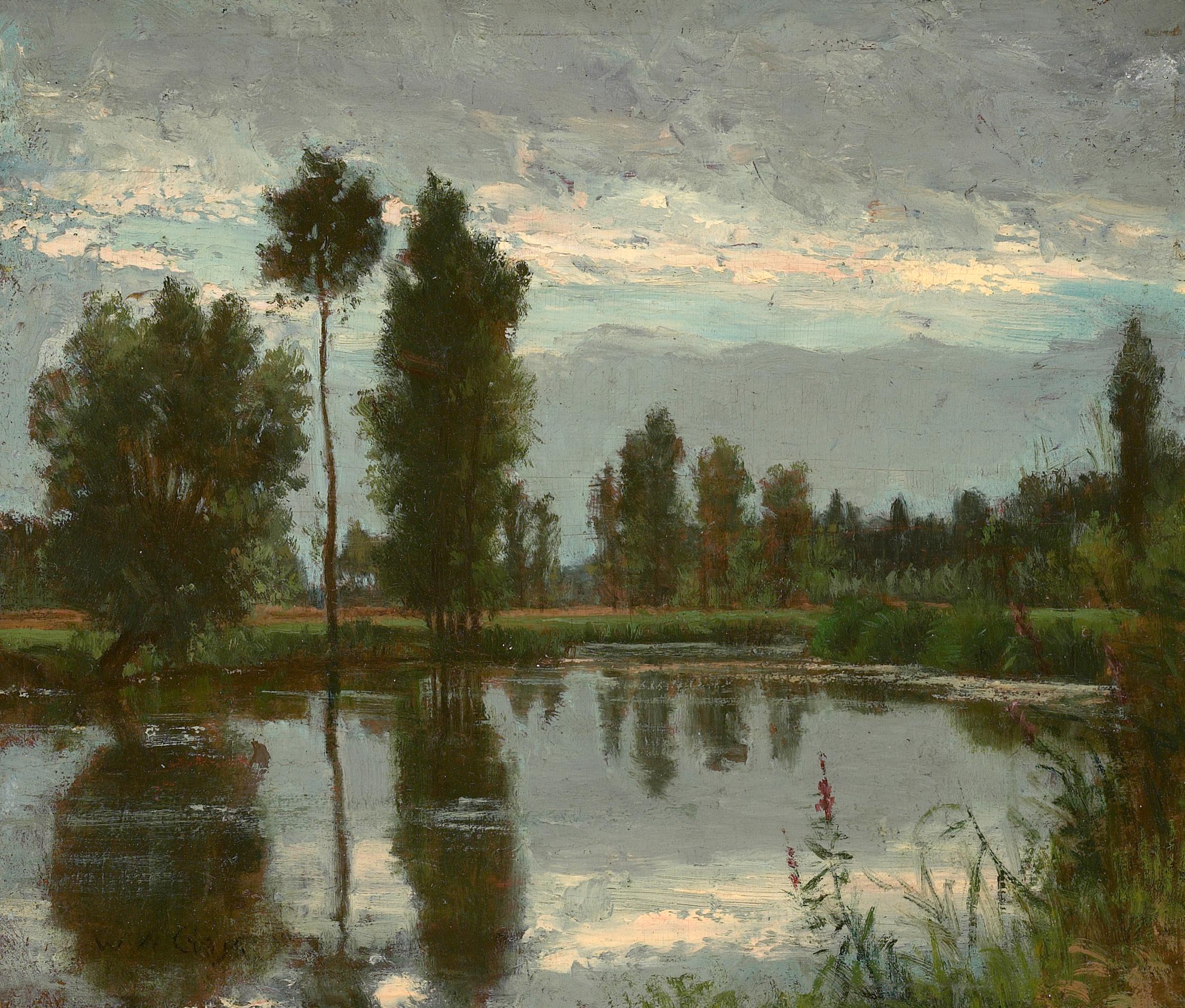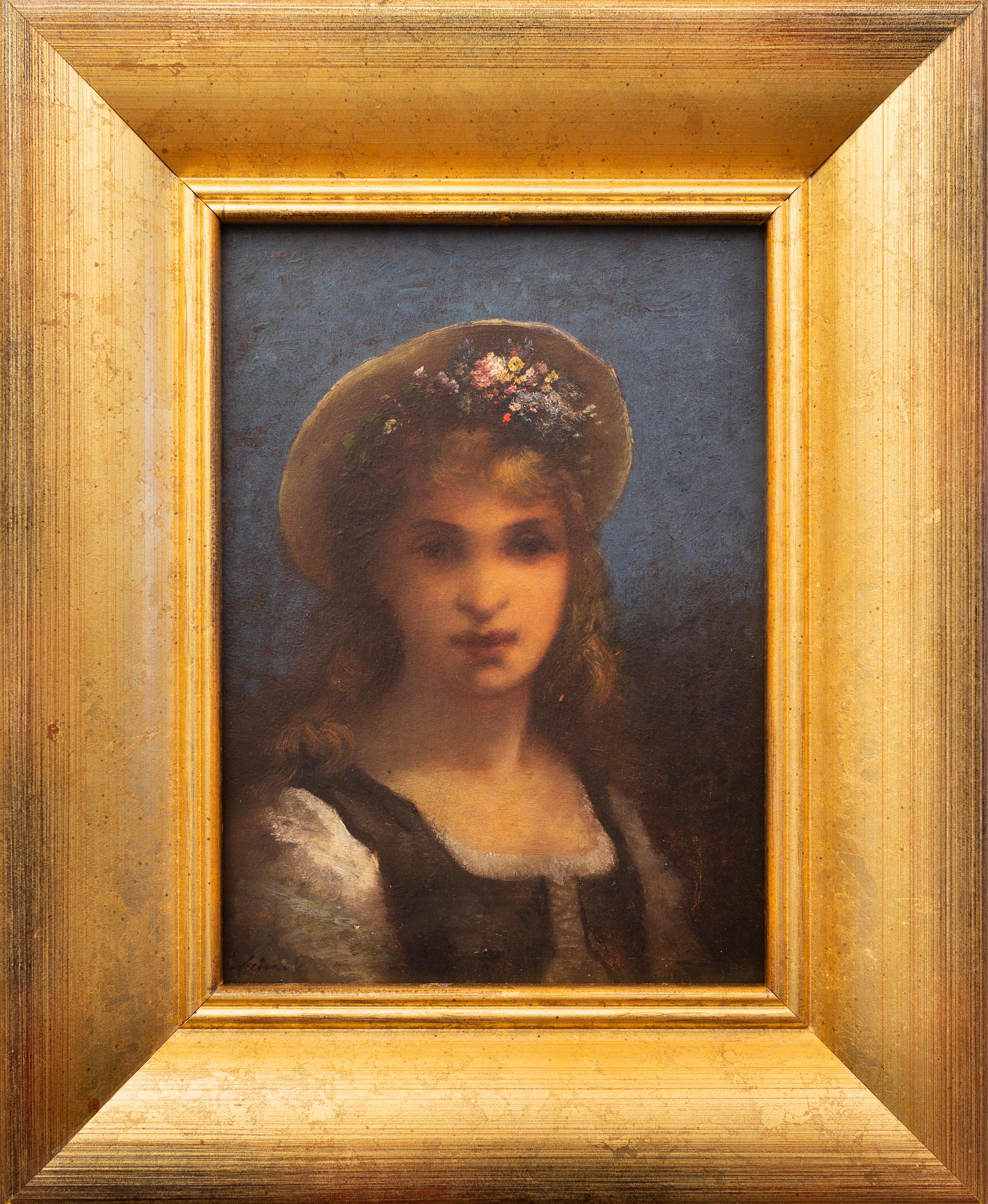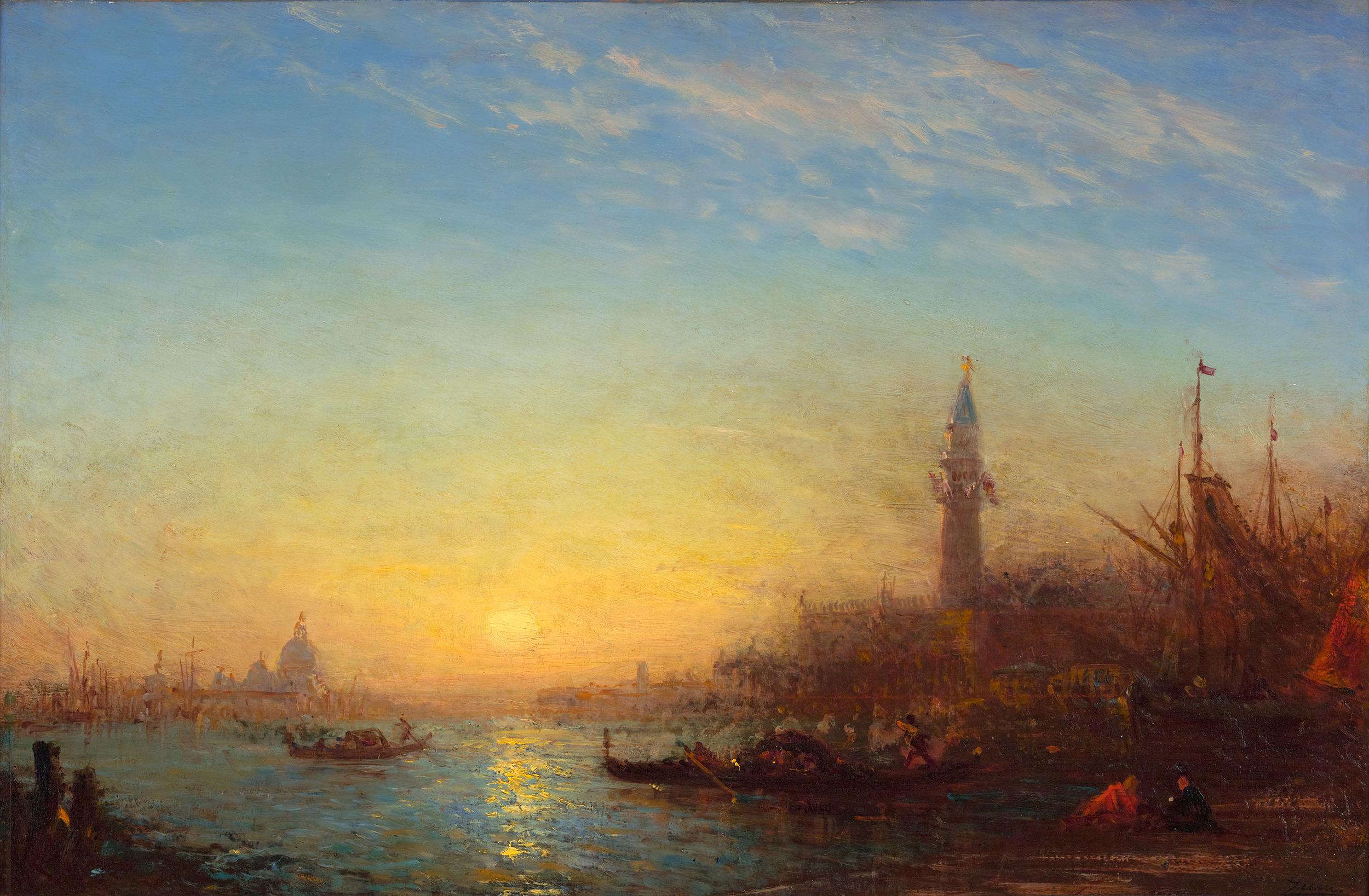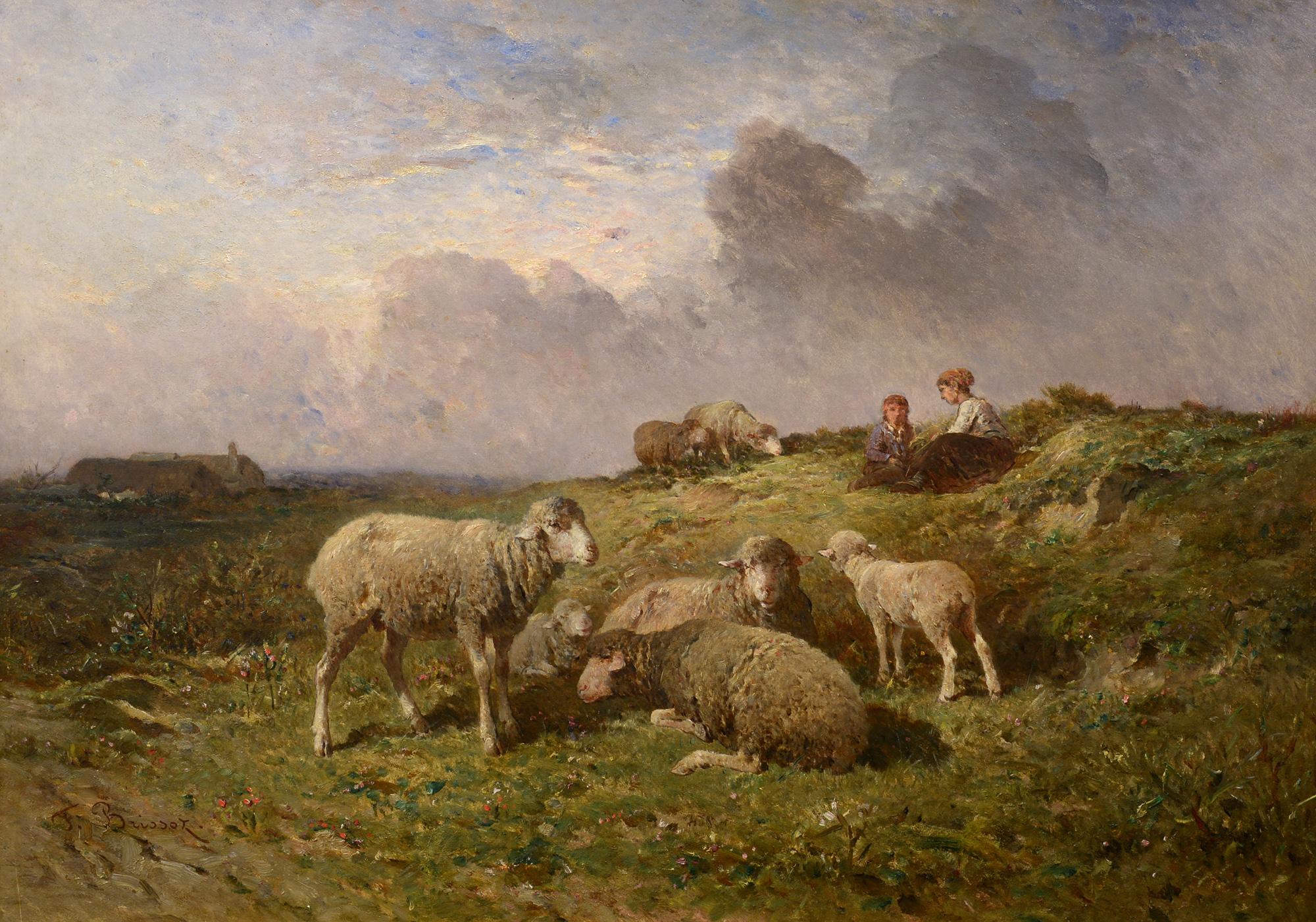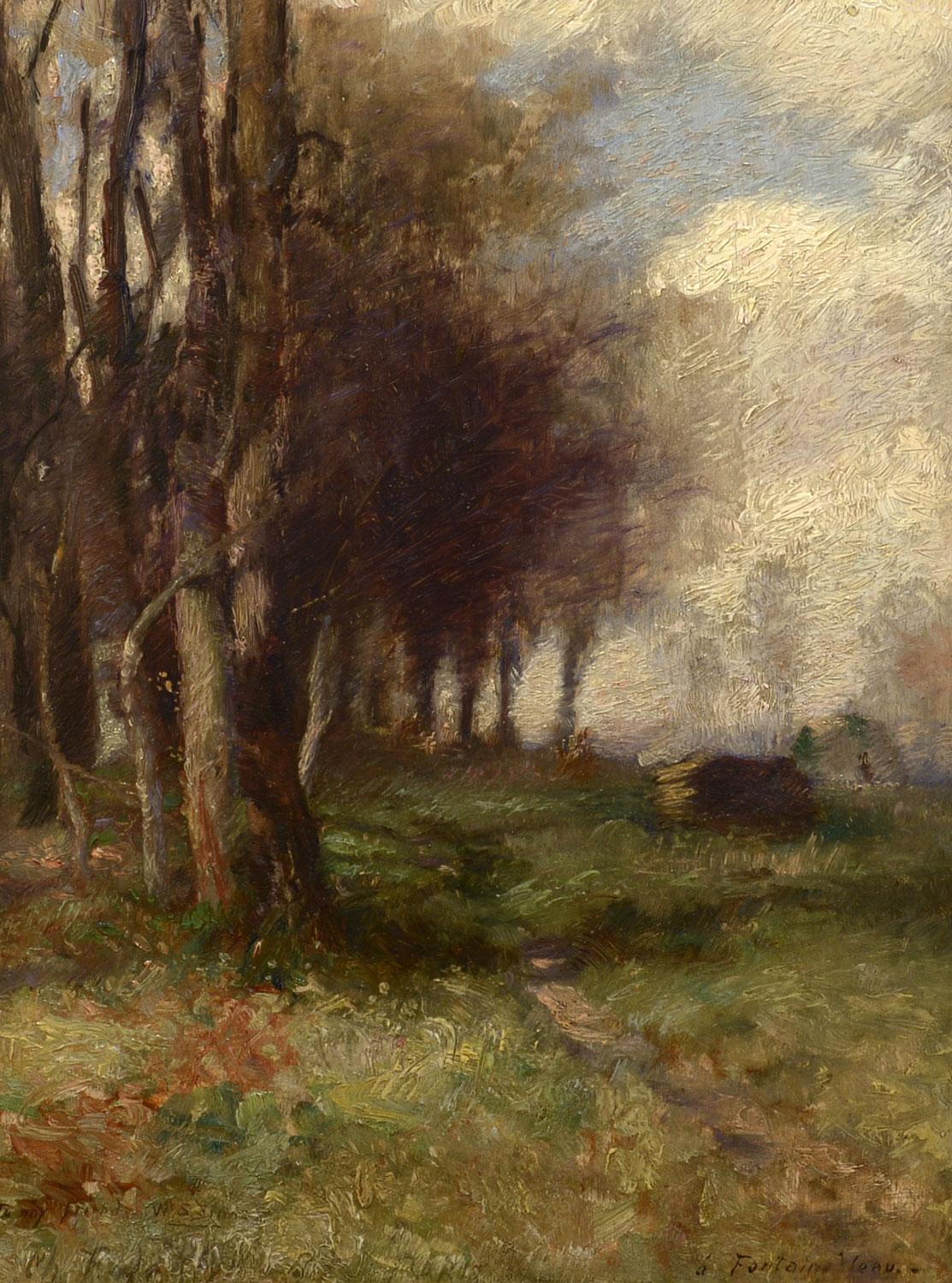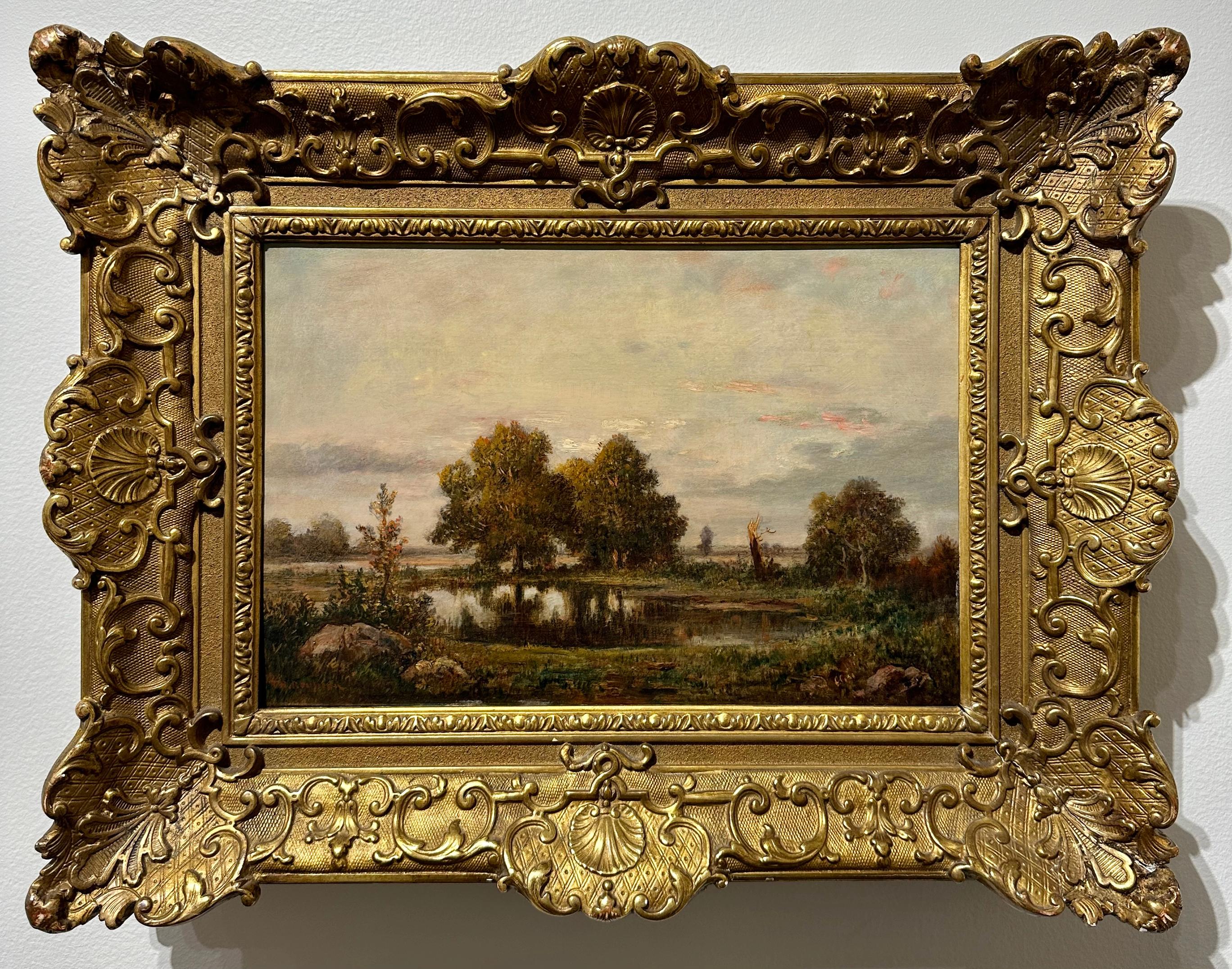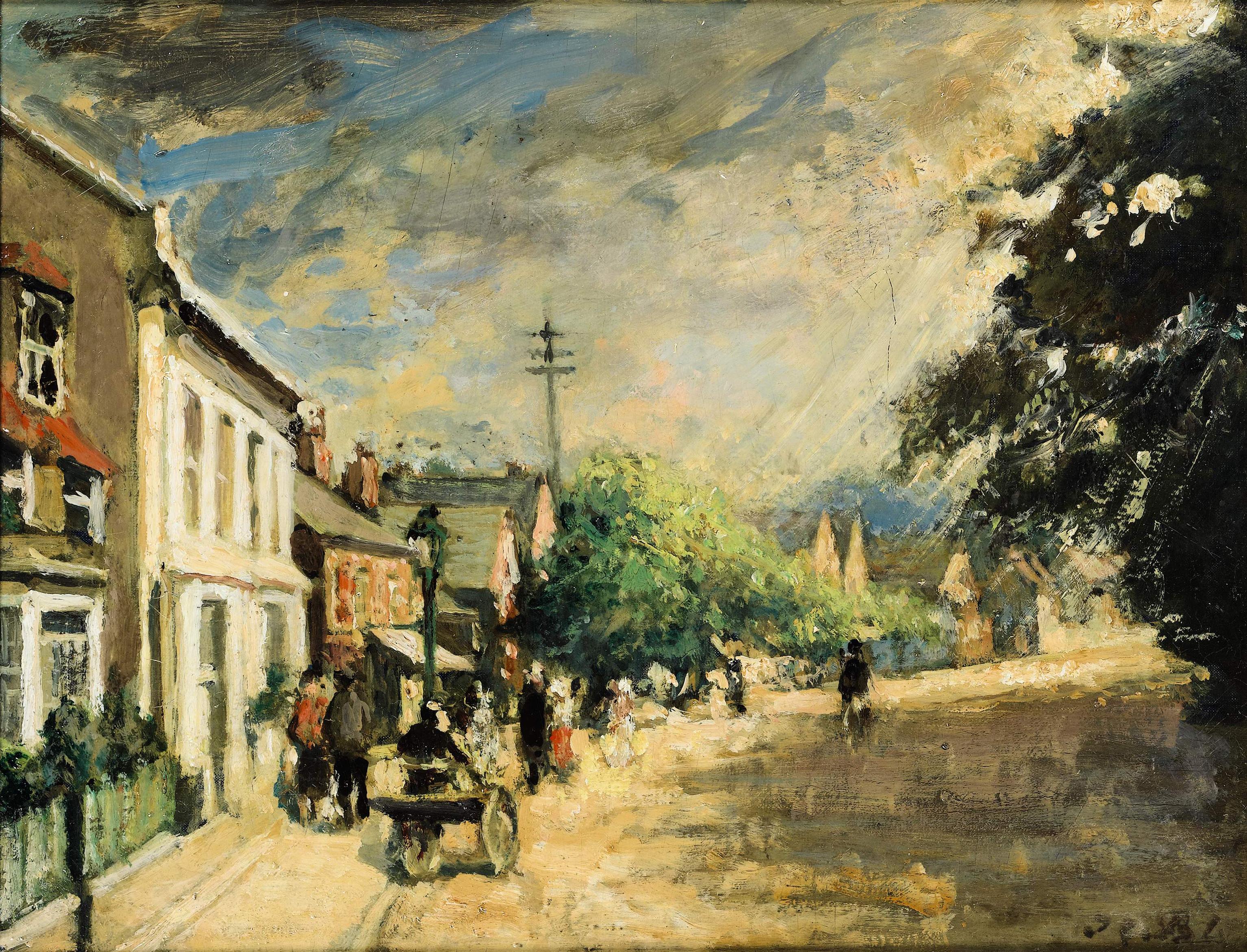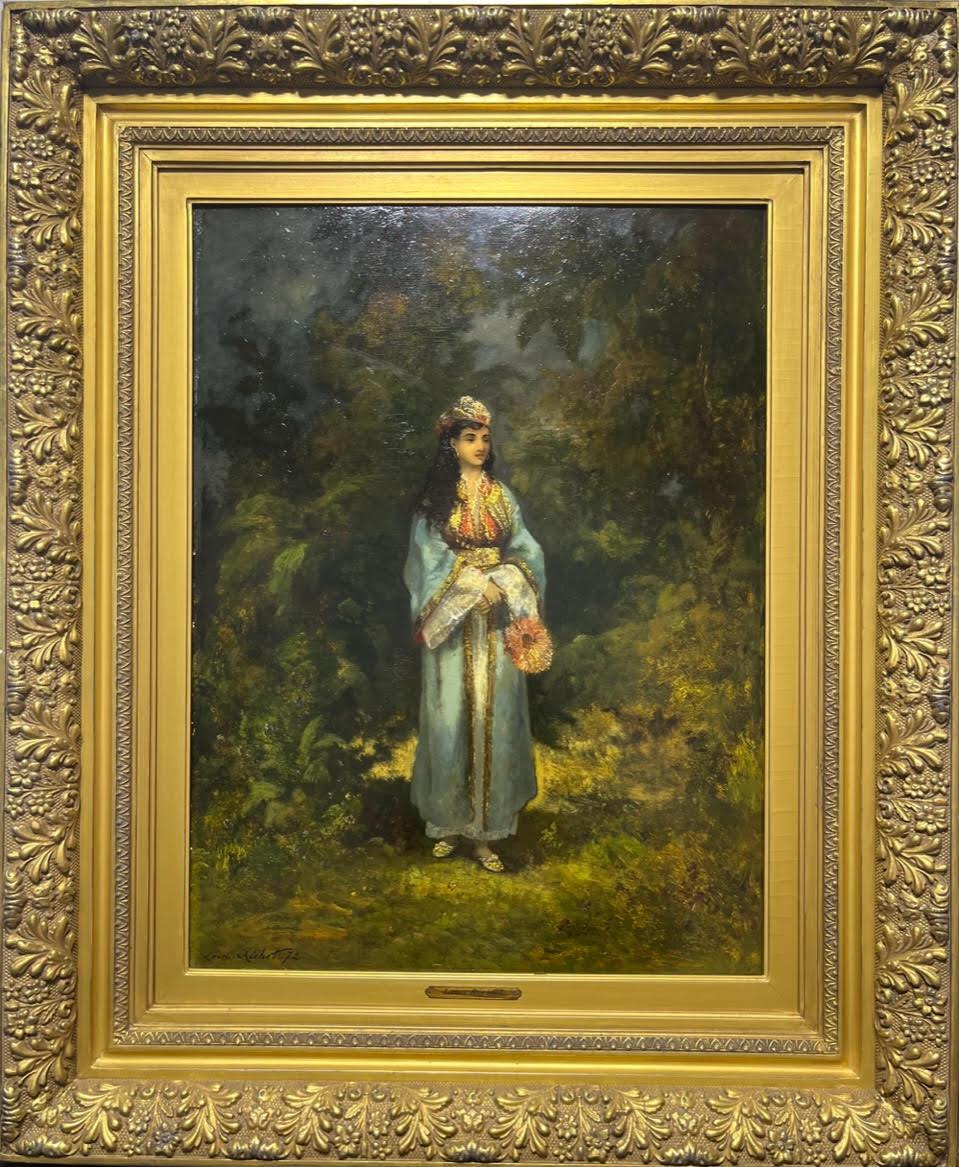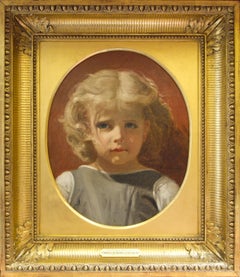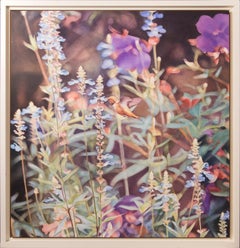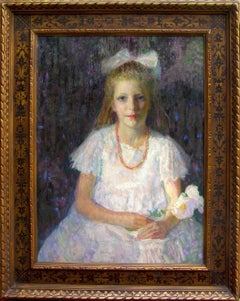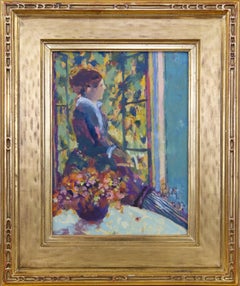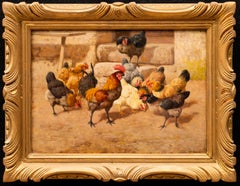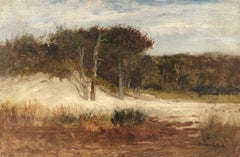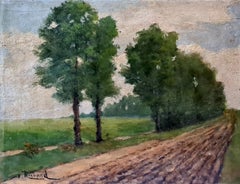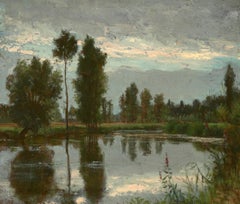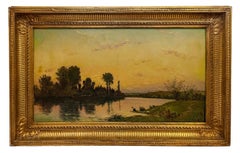
Washerwomen along Riverbank, Sunset
View Similar Items
Video Loading
Want more images or videos?
Request additional images or videos from the seller
1 of 14
Hippolyte Camille DelpyWasherwomen along Riverbank, Sunsetcirca 1880
circa 1880
$9,000List Price
About the Item
- Creator:Hippolyte Camille Delpy (1842 - 1910)
- Creation Year:circa 1880
- Dimensions:Height: 18.25 in (46.36 cm)Width: 28.75 in (73.03 cm)Depth: 3 in (7.62 cm)
- Medium:
- Movement & Style:
- Period:
- Condition:Lovely condition. Painting is from the 1880's and frame is antique with any associated feel and patina appropriate to time. No issues of note!
- Gallery Location:Greenwich, CT
- Reference Number:Seller: 147461stDibs: LU1413210745042
About the Seller
5.0
Recognized Seller
These prestigious sellers are industry leaders and represent the highest echelon for item quality and design.
Established in 1857
1stDibs seller since 2020
43 sales on 1stDibs
Authenticity Guarantee
In the unlikely event there’s an issue with an item’s authenticity, contact us within 1 year for a full refund. DetailsMoney-Back Guarantee
If your item is not as described, is damaged in transit, or does not arrive, contact us within 7 days for a full refund. Details24-Hour Cancellation
You have a 24-hour grace period in which to reconsider your purchase, with no questions asked.Vetted Professional Sellers
Our world-class sellers must adhere to strict standards for service and quality, maintaining the integrity of our listings.Price-Match Guarantee
If you find that a seller listed the same item for a lower price elsewhere, we’ll match it.Trusted Global Delivery
Our best-in-class carrier network provides specialized shipping options worldwide, including custom delivery.More From This Seller
View AllThe Petit Thinker
By Timoleon Marie Lobrichon
Located in Greenwich, CT
A student of the great French academic Bouguereau, Lobrichon has done a moving and entrancing depiction of a young girl mid-gaze. Beautifully painted and done in a circular format t...
Category
1860s Barbizon School Figurative Paintings
Materials
Canvas, Oil
Hummingbird in Salvia Garden
By Diane Andrews Hall
Located in Greenwich, CT
Hall is a highly respected contemporary artist. It is framed in a contemporary lacquered off white float frame. The surface of the board is slick and almost photographic in feel. The...
Category
Early 2000s Photorealist Animal Paintings
Materials
Oil, Wood Panel
Marguerite, Young Girl with Flower Impressionist work
By Hovsep Pushman
Located in Greenwich, CT
In Marguerite the white peonies are a symbol of riches and honor used in Chinese art that profoundly influenced Pushman. This painting is in an originally chosen "Pushman" frame acquired from Barcelona, Spain. There is incredible color in this work and exciting brushwork. It is a true example of Impressionist technique, perhaps some of the finest technically of all American painters at this time. At this time Pushman painted all ethnicities and here we see the unusual subject of a younger sitter. Thus Pushman has emphasized purity and innocence. Panel inside frame measures 32 x 23 and it is signed lower left. As well as it bears the Pushman cataloguing number #47 on verso which attests to its early date in his career.
Against these stark white symbols, Pushman paints in sharp contrast a dark backdrop reminiscent of an Oriental tapestry...
Category
Early 20th Century Impressionist Figurative Paintings
Materials
Oil, Panel
Afternoon Light, Colorful Impressionist Interior
Located in Greenwich, CT
Impressionist artist Purdy often paints figures in tranquil settings that include windows and flowers. The colors of yellow, soft blues and whites here convey a sunny setting. He oft...
Category
1990s Impressionist Figurative Paintings
Materials
Oil, Panel
Roses, Historic Botanical
Located in Greenwich, CT
A most popular drawing master, Lesourd-Beauregard exhibited extensively at the Paris Salons, and was awarded a medal in 1842.
He is famous for his in depth botanical studies done in...
Category
1850s French School Paintings
Materials
Oil, Panel
The Reader of the Koran, exotic orientalist work
By Hovsep Pushman
Located in Greenwich, CT
Hovsep Pushman is celebrated for romantic and exotic subjects such as Nubian princesses, Kurdish tribesmen, itinerant gypsies, and in our example a noble Reader of the Koran. Many of...
Category
1910s Impressionist Figurative Paintings
Materials
Oil, Panel
$56,000 Sale Price
20% Off
You May Also Like
Rooster and Hens in the Barnyard William Baptiste Baird (U.S./France 1847-1917)
Located in SANTA FE, NM
Rooster and Hens in the Barnyard
William Baptiste Baird (U.S./France 1847-1917)
Oil on panel
Signed lower right "W. Baird"
12 1/4 x 9 inches
A stunning example of William Baptiste...
Category
1880s Barbizon School Animal Paintings
Materials
Oil, Wood Panel
Wooded Sand Dune
By Robert Swain Gifford
Located in Bryn Mawr, PA
Wooded Sand Dune
Oil on panel, 12 x 18 1/8 inches
Framed dimensions: 17 1/2 x 23 1/2 inches
Estate stamp lower right: RSwain Gifford
Provenance
The artist;
By descent in the family ...
Category
Late 19th Century Barbizon School Landscape Paintings
Materials
Oil, Wood Panel
Barbizon School Landscape, The Poplar Trees, Late 19th Century Oil on Wood Panel
Located in Cotignac, FR
Late 19th Century French Barbizon School oil on wood panel of poplar trees in a landscape by Richard. The painting is signed bottom left. The painting is on a quality chamfered panel.
A very charming, almost impressionist, rendition of a line of iconic French trees in a landscape. Before them an earth drive has been ploughed up by the wheels of passing carts and horses. Richard has created a wonderful perspective that draws us in to the painting and he has created a contrast between the strong greens of the trees and fields against the whites and blues of the sky. The painting is reminiscent of the works of Monet from the 1890s. to whom the poplar trees were a continuing inspiration.
The Barbizon school of painters was part of an art movement towards Realism in art, which arose in the context of the dominant Romantic Movement of the time. The Barbizon school was active roughly from 1830 through 1870. It takes its name from the village of Barbizon, France, on the edge of the Forest of Fontainebleau, where many of the artists gathered. Most of their works were landscape paintings, but several of them also painted landscapes with farmworkers, and genre scenes of village life. Some of the most prominent features of this school are its tonal qualities, colour, loose brushwork, and softness of form.
The leaders of the Barbizon school were: Théodore Rousseau, Charles-François Daubigny, Jules Dupré, Constant Troyon, Charles Jacque, and Narcisse Virgilio Díaz. Jean-François Millet lived in Barbizon from 1849, but his interest in figures with a landscape backdrop sets him rather apart from the others. Jean-Baptiste-Camille Corot was the earliest on the scene, first painting in the forest in 1829, but his work has a poetic and literary quality which sets him somewhat apart. Other artists associated with the school, often pupils of the main group, include: Henri Harpignies, Albert Charpin, François-Louis Français and Émile van Marcke.
In 1824 the Salon de Paris exhibited works of John Constable, an English painter. His rural scenes influenced some of the younger artists of the time, moving them to abandon formalism and to draw inspiration directly from nature. Natural scenes became the subjects of their paintings rather than mere backdrops to dramatic events. During the Revolutions of 1848 artists gathered at Barbizon to follow Constable's ideas, making nature the subject of their paintings. The French landscape became a major theme of the Barbizon painters.
Millet extended the idea from landscape to figures — peasant figures, scenes of peasant life, and work in the fields. In The Gleaners (1857), for example, Millet portrays three peasant women working at the harvest. Gleaners are poor people who are permitted to gather the remains after the owners of the field complete the main harvest. The owners (portrayed as wealthy) and their laborers are seen in the back of the painting. Millet shifted the focus and the subject matter from the rich and prominent to those at the bottom of the social ladders. To emphasize their anonymity and marginalized position, he hid their faces. The women's bowed bodies represent their everyday hard work.
In the spring of 1829, Jean-Baptiste-Camille Corot came to Barbizon to paint in the Forest of Fontainebleau, he had first painted in the forest at Chailly in 1822. He returned to Barbizon in the autumn of 1830 and in the summer of 1831, where he made drawings and oil studies, from which he made a painting intended for the Salon of 1830; "View of the Forest of Fontainebleau'" (now in the National Gallery in Washington) and, for the salon of 1831, another "View of the Forest of Fontainebleau"'. While there he met the members of the Barbizon school: Théodore Rousseau, Paul Huet, Constant Troyon, Jean-François Millet, and the young Charles-François Daubigny.
During the late 1860s, the Barbizon painters attracted the attention of a younger generation of French artists studying in Paris. Several of those artists visited Fontainebleau Forest to paint the landscape, including Claude Monet, Pierre-Auguste Renoir, Alfred Sisley and Frédéric Bazille. In the 1870s those artists, among others, developed the art movement called Impressionism and practiced 'plein air' painting. In contrast, the main members of the school made drawings and sketches on the spot, but painted back in their studios.
The Post-Impressionist painter Vincent Van Gogh studied and copied several of the Barbizon painters as well, including 21 copies of paintings by Millet. He copied Millet more than any other artist. He also did three paintings in Daubigny's Garden.
The Barbizon painters also had a profound impact on landscape painting in the United States. This included the development of the American Barbizon school by William Morris Hunt. Several artists who were also in, or contemporary to, the Hudson River School studied Barbizon paintings for their loose brushwork and emotional impact. A notable example is George Inness, who sought to emulate the works of Rousseau. Paintings from the Barbizon school also influenced landscape painting in California. The artist Percy Gray...
Category
Late 19th Century Barbizon School Landscape Paintings
Materials
Oil, Wood Panel
Grez-sur-Loing
Located in Bryn Mawr, PA
The dark and smokey palette of Grez-sur-Loing reflects the influence of the French Barbizon School on Winkworth Allan Gay's painting style. It seems reasonable to assume that he pain...
Category
Late 19th Century Barbizon School Landscape Paintings
Materials
Oil, Wood Panel
Les lavendiers au bord de l’oise, French 19th century oil painting
By Hippolyte Camille Delpy
Located in New York, NY
Hippolyte Camille Delpy was a landscape painter active in the late 19th century, well known today for his compositions representative of the Barbizon school. He was trained under Cor...
Category
Mid-19th Century Barbizon School Landscape Paintings
Materials
Oil, Panel
French Girl with Flowered Hat with Impressive Sfumato Technic by Leon Richet
By Leon Richet
Located in Stockholm, SE
Introducing a stunning portrait by renowned French artist Léon Richet (1847-1907), depicting a young girl adorned with a beautiful floral wreath and a hat perched atop her head. This...
Category
Late 19th Century Barbizon School Portrait Paintings
Materials
Oil, Panel
Recently Viewed
View AllMore Ways To Browse
Italian Landscapes Oil Paintings
Hungarian Artists
Oil Paintings With Gold Frames
Will Street
Purple Landscape
20th Century British Art
Can Can Dancers
Impasto Painting
Red Heart
Vintage Painting Unknown Artist
Song Of Songs
Original Collage Art
Paintings Of Boats
Vintage Oil Painting
Drawings Of Women
Portrait Of A Nude
Impressionist Paintings Of New York
Ocean Paintings
